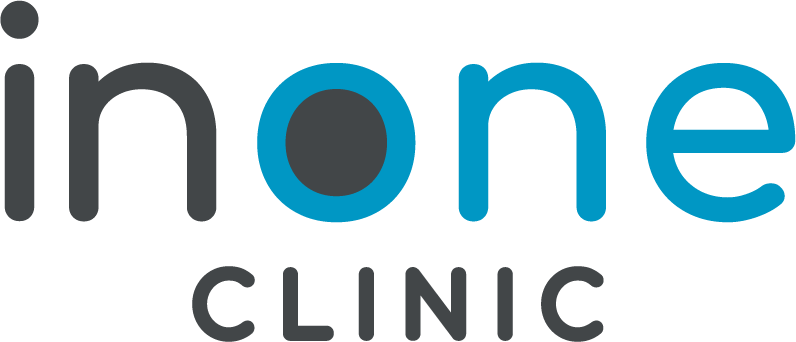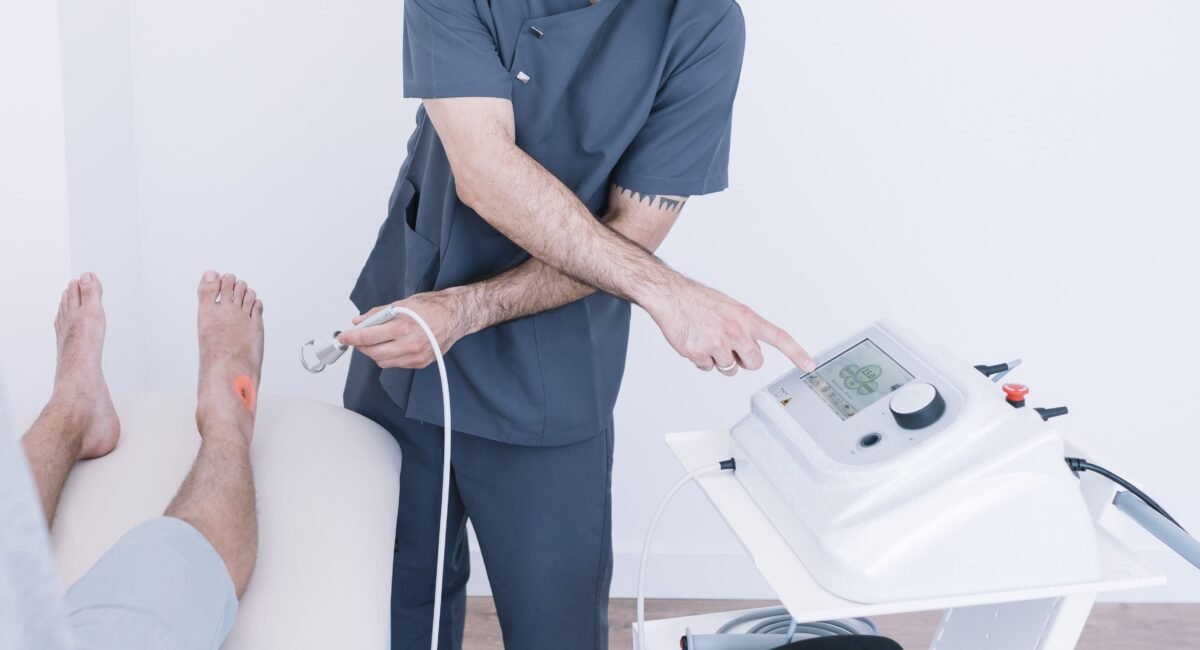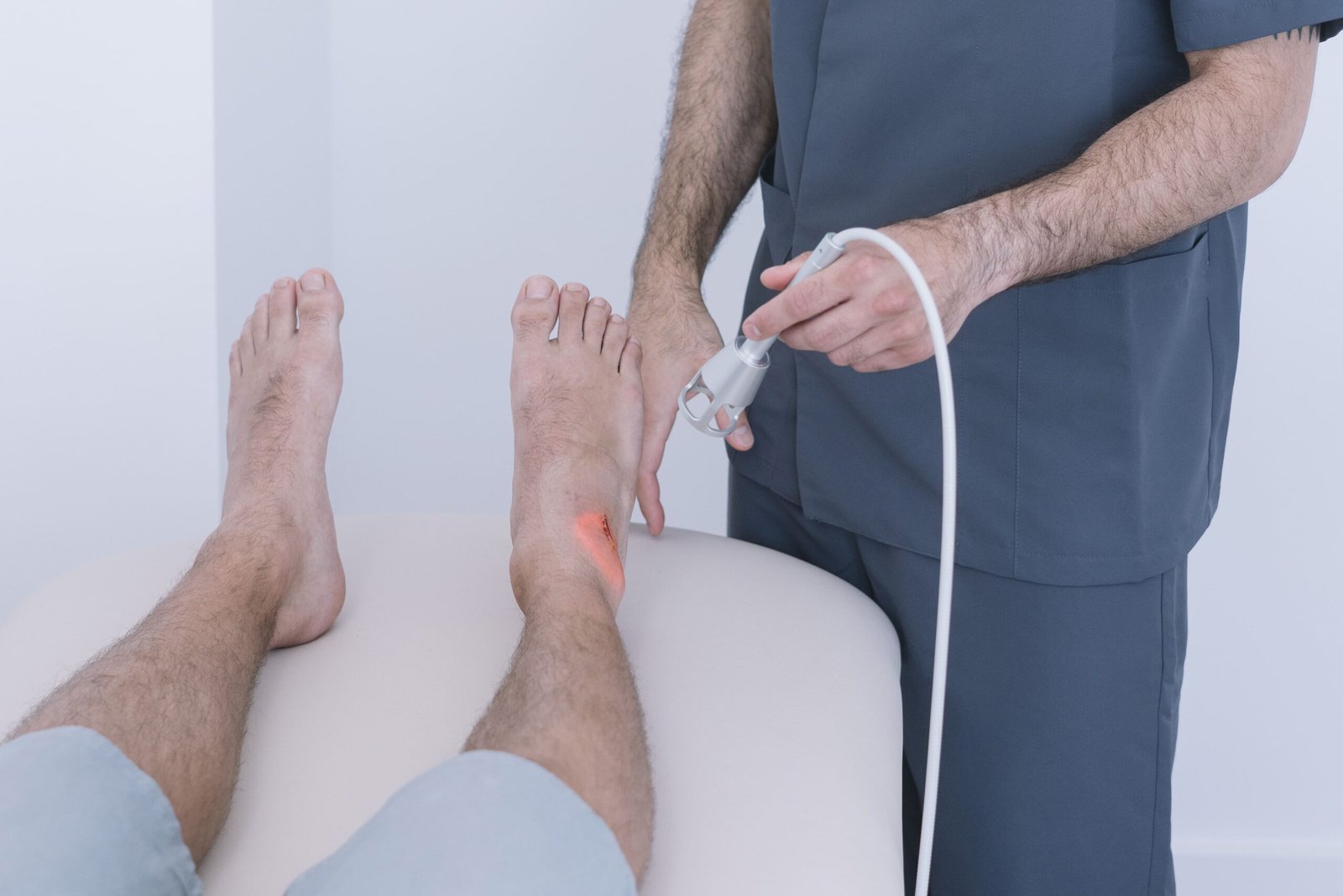Diode laser technology is a major medical advancement that has revolutionized the way we treat pain, injuries, and the aftereffects of aging on the body. One of the most innovative and effective methods in recent years is diode laser therapy — a non-invasive technique that has become a reliable alternative for relieving pain, speeding up recovery, and improving the appearance of scars.
More and more patients and healthcare professionals are incorporating diode laser therapy into physiotherapy, podiatry, and sports medicine treatments, thanks to its ability to act directly on damaged tissues and stimulate natural regeneration processes.
What Is Diode Laser Therapy and How Does It Work?
Diode laser therapy is a technology that emits a specific, high-intensity light capable of penetrating body tissues. Its purpose is to stimulate cells, improve blood circulation, and activate biological processes that support regeneration.
This treatment is widely used in physiotherapy and podiatry because it works effectively on:
-
Muscles: Reduces inflammation and muscle tension.
-
Joints: Relieves discomfort in knees, ankles, and shoulders.
-
Scars: Improves skin elasticity and reduces visible marks.
-
Nerves and soft tissues: Decreases pain and accelerates recovery.
Main Benefits of Diode Laser Therapy
The success of this treatment lies in its wide range of benefits, both for athletes and for people seeking to improve their quality of life:
✔️ Pain reduction
The laser has a powerful analgesic effect. It helps relieve chronic conditions such as lower back pain, plantar fasciitis, tendinitis, and knee pain.
✔️ Reduced inflammation
It promotes circulation and lymphatic drainage, helping to decrease swelling in muscle, joint, or post-surgical injuries.
✔️ Cell regeneration
The laser stimulates cellular activity, boosting collagen and elastin production. This not only accelerates healing but also improves the appearance of scars.
✔️ Faster recovery
By enhancing oxygenation in tissues, recovery time after an injury or surgery is significantly reduced.
✔️ Non-invasive and painless treatment
One of its greatest advantages is that it does not require surgery or aggressive procedures. It is safe, effective, and does not cause significant side effects.
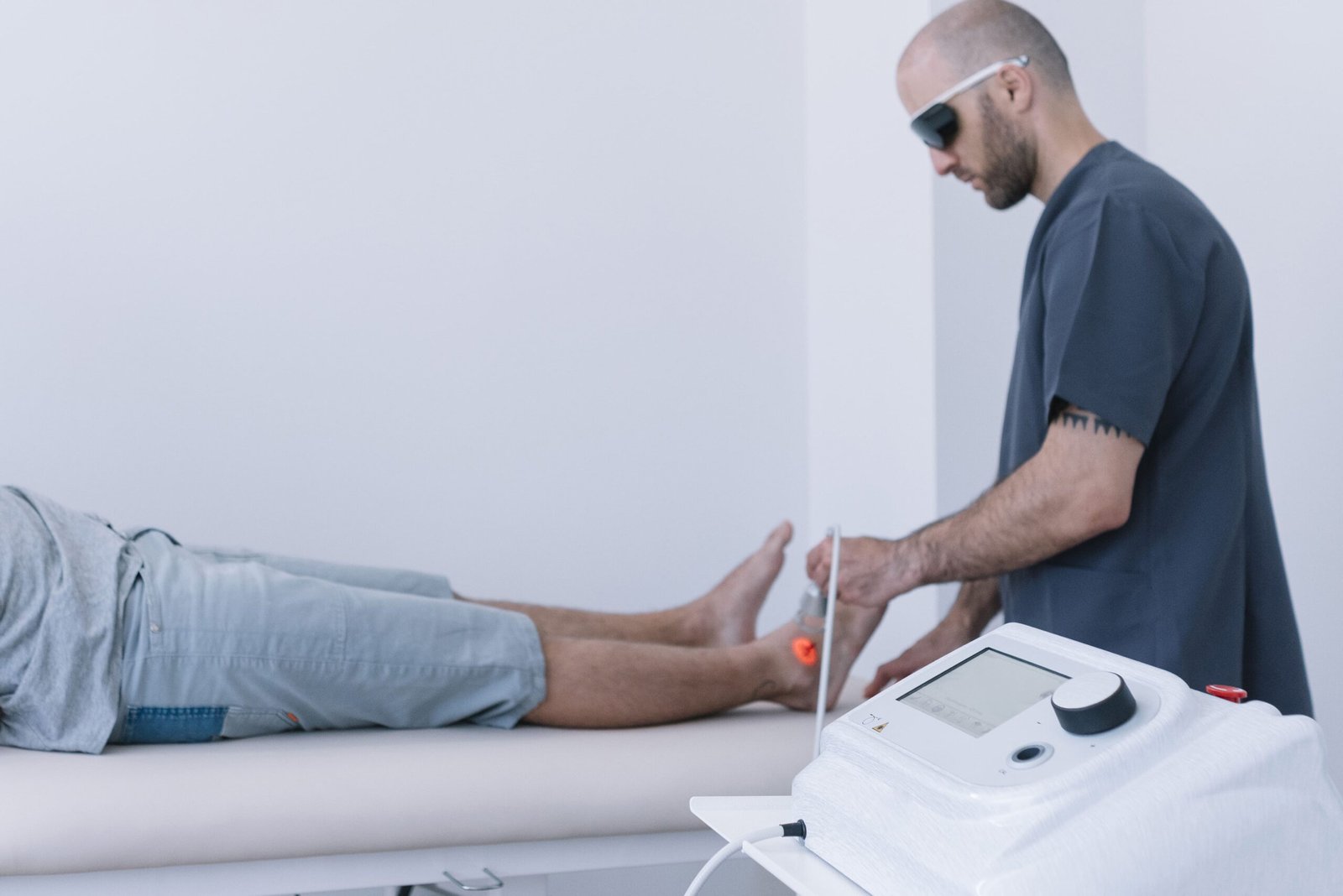
Diode Laser for Scars
Scars can have both aesthetic and functional consequences. Some may cause tightness, pain, or limited mobility in the affected area. Diode laser therapy is used to:
-
Reduce surgical scars: After procedures such as C-sections, trauma surgery, or podiatric surgery.
-
Improve traumatic scars: Caused by accidents or cuts.
-
Treat hypertrophic or keloid scars: Helping to soften the skin and reduce thickness.
-
Promote skin recovery: Enhancing texture, color, and elasticity of the affected area.
The result is a scar that is less visible, more flexible, and less painful — contributing to a better quality of life for the patient.
Diode Laser in Chronic Pain Management
Chronic pain is one of the greatest challenges in physiotherapy. Patients with conditions such as lower back pain, arthritis, tendinitis, or plantar fasciitis often find diode laser therapy to be an effective solution.
The treatment helps to:
-
Temporarily block pain transmission in the nerves.
-
Reduce the inflammation causing the pain.
-
Stimulate the release of endorphins, the body’s natural painkillers.
This makes diode laser therapy a valuable complementary alternative to medication, helping avoid the long-term side effects of drugs.
Who Can Benefit from Diode Laser Therapy?
Diode laser therapy is highly versatile and can be applied to different patient profiles:
-
Athletes: To accelerate recovery after training, injuries, or surgeries.
-
Patients with chronic pain: Especially in the back, knees, and joints.
-
People with visible scars: Seeking to improve skin appearance and mobility.
-
Post-surgical patients: To optimize healing and reduce inflammation.
-
Older adults: Suffering from joint or muscle pain related to aging.
Differences from Other Treatments
Unlike other physiotherapy or podiatry techniques, diode laser therapy combines three key advantages:
-
It is painless and non-invasive.
-
Visible results are achieved in just a few sessions.
-
It can be combined with massage, osteopathy, or rehabilitation exercises.
This makes it a highly valued option within comprehensive recovery programs.
How Many Sessions Are Needed?
The number of sessions depends on the injury or condition being treated. In general:
-
For acute pain, between 4 and 6 sessions are recommended.
-
For chronic pain, a longer treatment plan may be necessary.
-
For scars, results usually become noticeable after the third or fourth session.
Each case should be individually assessed by a specialist.
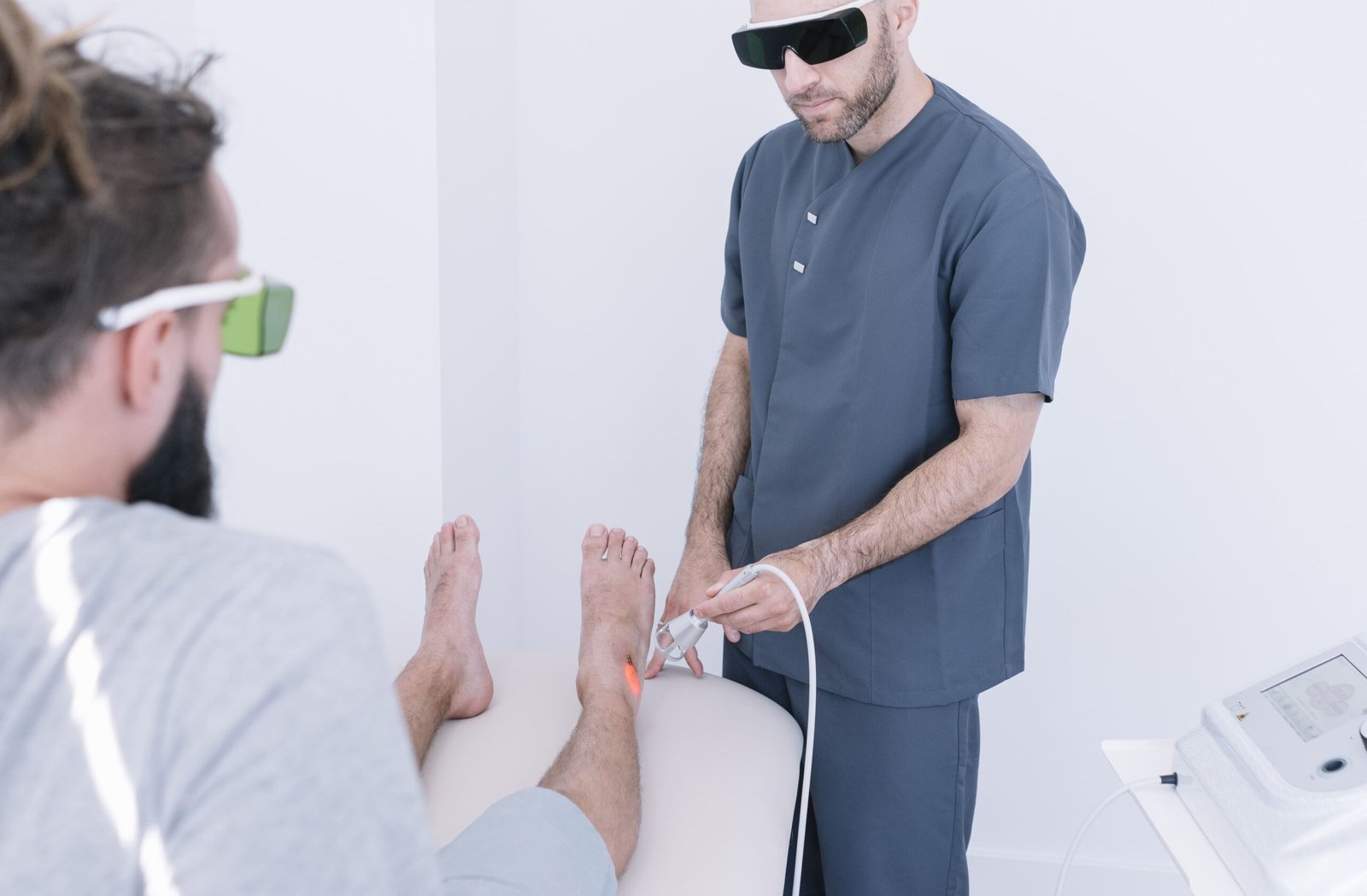
Conclusion
Diode laser therapy represents a major breakthrough in the treatment of pain and scars. Its analgesic, anti-inflammatory, regenerative, and aesthetic benefits make it a key tool in physiotherapy, podiatry, and sports medicine.
If you are looking for an innovative, safe, and effective solution to improve your quality of life, reduce pain, or restore mobility, diode laser therapy is one of the best alternatives available today.
At InOne Physiotherapy, we offer this cutting-edge technology with a team of specialists dedicated to creating personalized treatments that will help you regain your well-being step by step.
